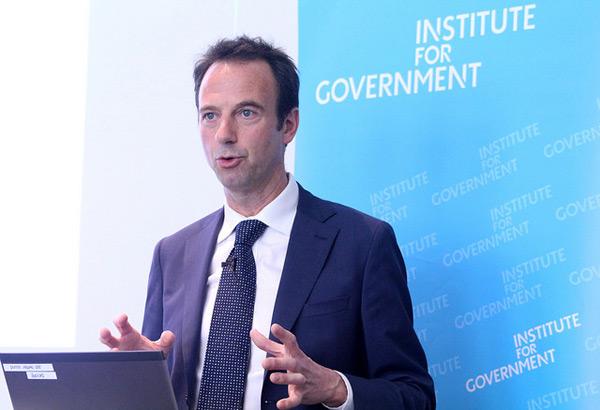Culture shock: the case of setting up the Competition and Markets Authority
There are many challenges in setting up a new government agency.
There are many challenges in setting up a new government agency. How do you ensure that the organisation is fit for purpose on day one? How do you rally staff behind its vision and mission if it has no history? If the new body is formed by two or more organisations merging, how do you import the good of the “legacy” bodies while leaving the bad behind? At a recent event, Alex Chisholm shared his experience of tackling these problems as the Chief Executive of the Competition and Markets Authority (CMA). Jonathan Pearson reports.
